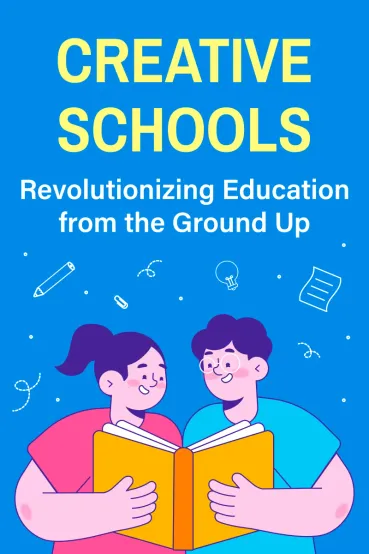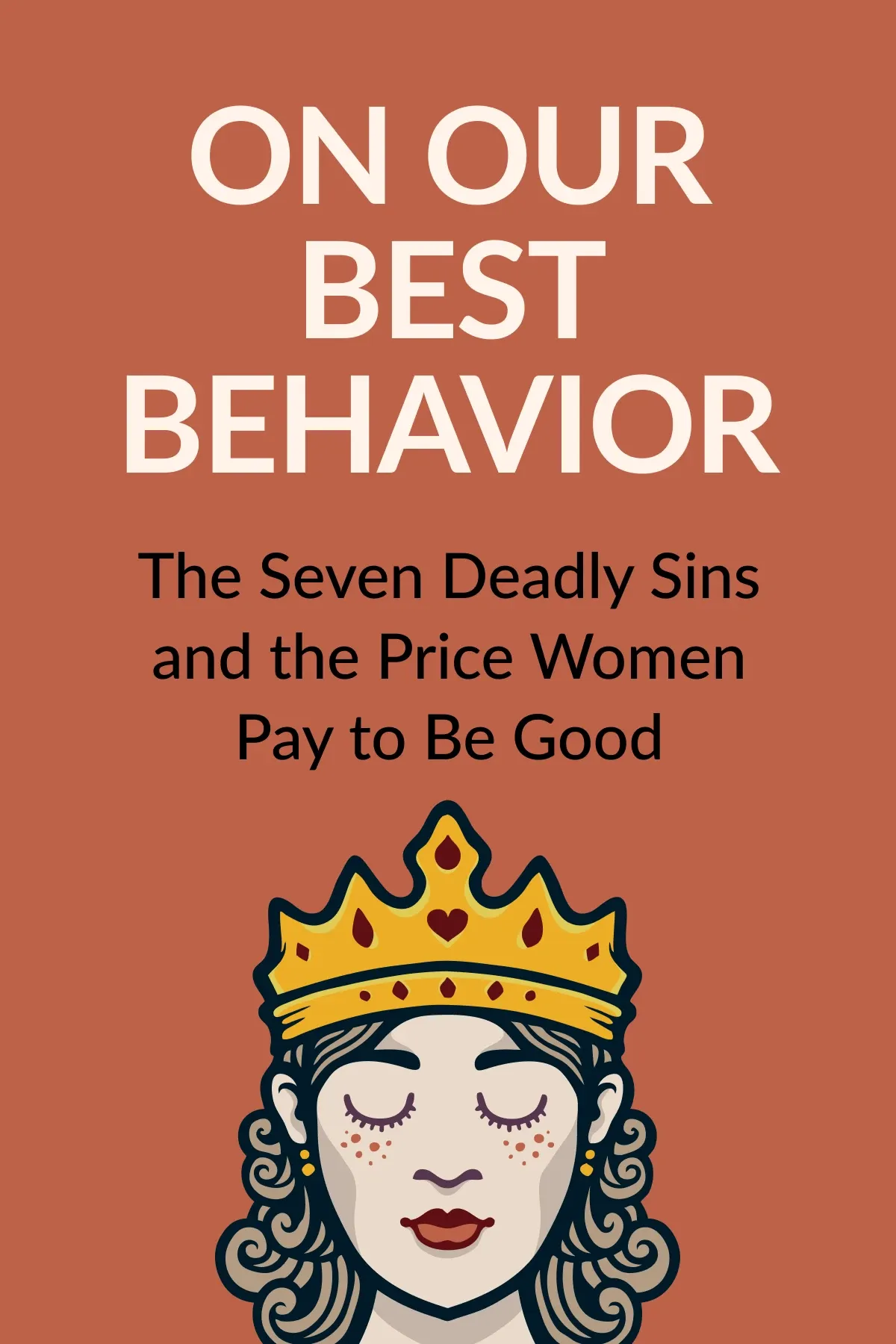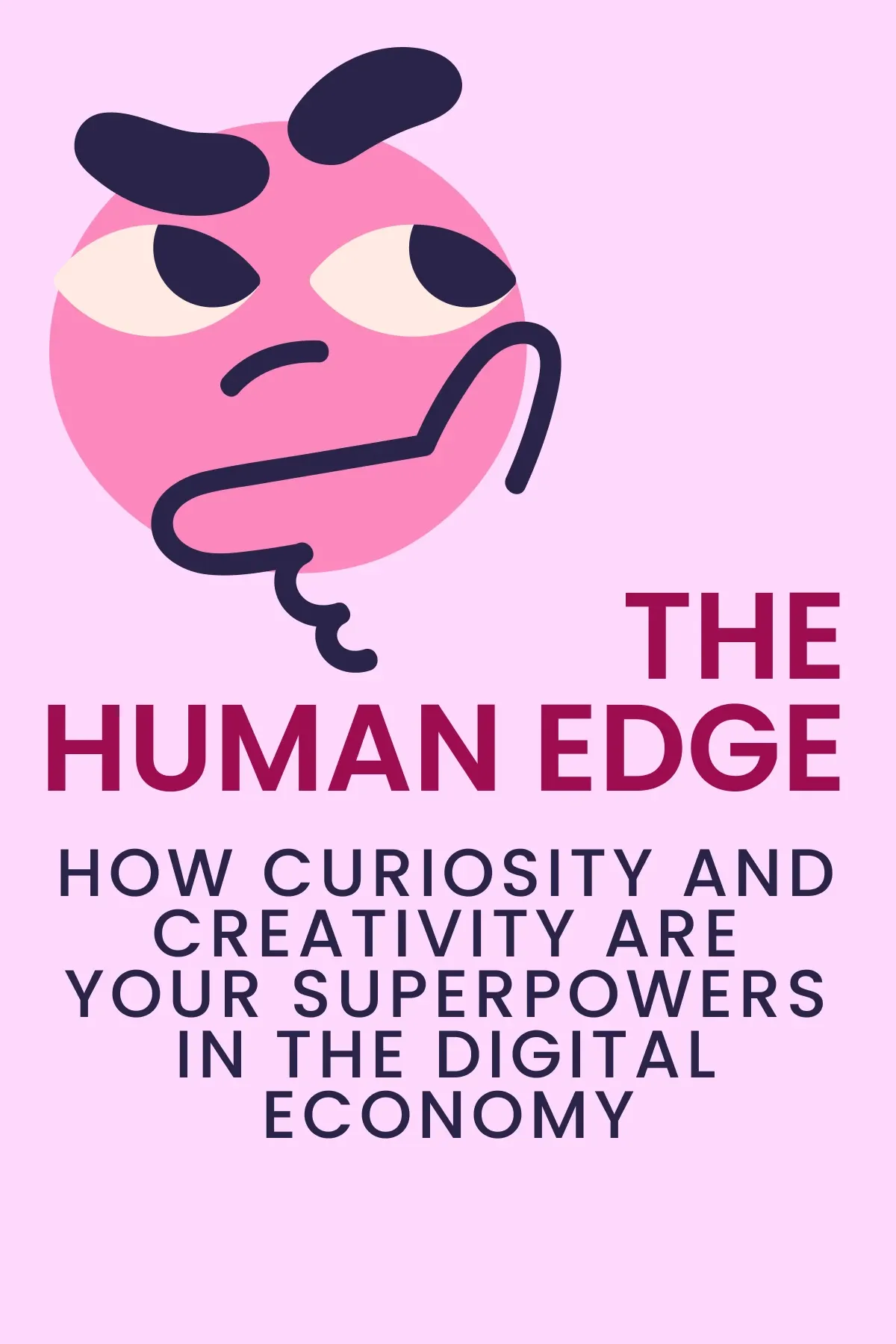
Creative Schools
Brief Summary
The traditional education system often overlooks students’ individuality, instilling a set of identical skills. By fostering a culture of innovation, collaboration, and continuous improvement, we can create schools that are hubs of nurturing personal growth. “Creative Schools” by Ken Robinson and Lou Aronica can help the next generation tackle the challenges of tomorrow with confidence and creativity.
Key points
Key idea 1 of 9
Today, the global education system is in dire need of reform. Why? Even though the labor market increasingly demands adaptable and flexible talent, creativity and innovative thinking are not prioritized. As a result, many graduates run into issues finding jobs that align with their qualifications.
Reform movements have made a transformative plan to address modern educational challenges. Firstly, they tackle the low performance of students in the UK and the USA in subjects like mathematics and grammar. The solution is to emphasize foundational areas such as reading, writing, science, and math.
Numerous initiatives aim to cultivate the right atmosphere of values within schools. For instance, Analy High School in California combines academic and practical learning and promotes engaging students in meaningful projects. Such changes make schools inviting spaces where students are eager to learn. A remarkable example is Dr. Lori Barron, who transformed a struggling school into a MetLife Foundation–NASSP Breakthrough School of 2011.
Dr. Lori Barron led Smokey Road Middle School, Newnan. There, 20% of residents live below the poverty line, and over half of the students face economic hardships. The school was plagued by low academic performance, high absenteeism, and numerous disciplinary issues. It took considerable effort and time to reshape its reputation. As principal, Lori Barron crafted a plan to create a nurturing atmosphere.
She focused her first year on developing conduct guidelines and resolving conflicts. Every pupil needed to feel respected. Lori developed children's skills and promoted diversity. She allowed them to pursue their passions, which led to increased academic engagement. She also underlined the significance of a school culture in which students, teachers, and parents work together to promote positive values.
The results of their efforts quickly became apparent. Test scores increased, attendance improved, and disciplinary occurrences decreased. The school was successful because it understood kids' needs and provided a stable, supportive atmosphere.
You may also like these summaries











